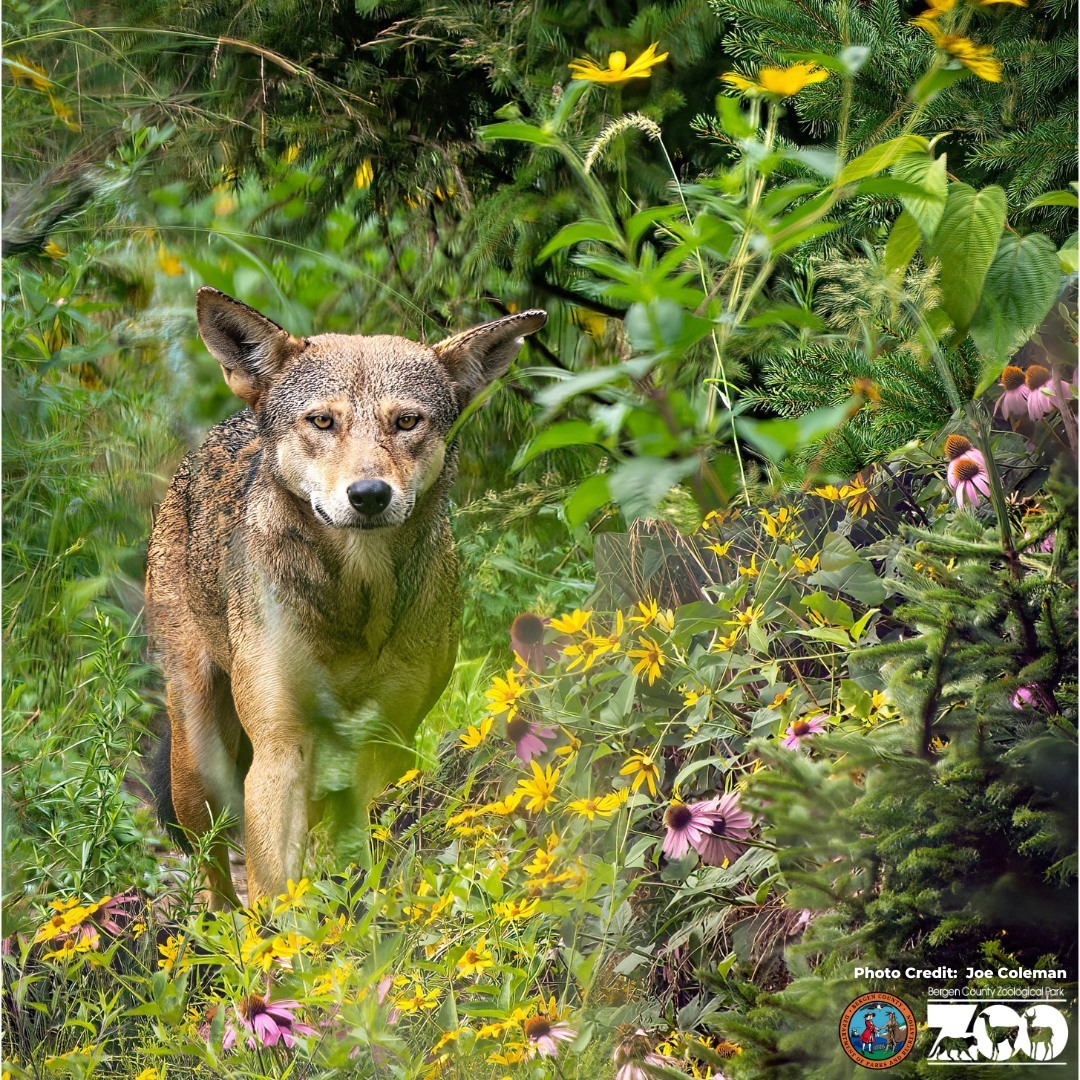Summary:
– American Red Wolf Week highlights the importance of Red Wolves and raises awareness about their population decline.
– Approximately 30 Red Wolves remain in the wild, but around 300 are housed in captive breeding facilities across the United States.
– Red wolves live in naturalistic habitats in accredited zoos and nature centers, and efforts are made to minimize human contact and maintain their instincts.
– The Red Wolf Species Survival Plan is a successful example of zoo-based conservation.
– Conservation and reintroduction efforts have helped restore ecosystems and maintain the balance of predator-prey populations.
Welcome to the exciting world of American Red Wolf Week! This week is dedicated to celebrating the importance of Red Wolves and spreading awareness about their population decline. It is a perfect opportunity for all animal lovers to come together and learn more about these fascinating creatures. And what better place to celebrate than the beautiful @bergencountyzoo?
Did you know that only around 30 Red Wolves remain in the wild? It’s a shocking fact that highlights the urgency of the situation. However, there is hope! Approximately 300 Red Wolves are housed in captive breeding facilities across the United States. These facilities play a crucial role in the preservation of the species.
Red wolves at accredited zoos and nature centers are allowed to live in naturalistic habitats. This means they can roam, explore, and thrive just as they would in the wild. It’s wonderful to see these majestic creatures in their element, displaying their natural behaviors and instincts.
One important aspect of the breeding program for Red Wolves is the hands-off approach. When pups are born in captivity, they are raised by their parents and are not socialized with people. This helps the wolves retain their instincts and minimize human dependency or interaction.
The ultimate goal of the breeding program is to reintroduce the Red Wolf back into its natural habitat. This is a challenging task that requires extensive research and planning. Thankfully, the Red Wolf Species Survival Plan has successfully achieved this goal. It serves as a shining example of zoo-based conservation.
Biologists and conservationists continue to study these amazing animals to better understand their behavior and ensure their continued survival. The Red Wolf Recovery Program is a valuable resource for anyone interested in staying updated on the progress and developments of the species. Their website provides information about conservation efforts and how individuals can get involved.
The significance of Red Wolves goes beyond their species. As key predators, they play a vital role in maintaining the balance and population of the species they prey upon. By keeping prey populations in check, Red Wolves contribute to ecosystems’ overall health and stability.
So, let’s celebrate American Red Wolf Week together! Head to the @bergencountyzoo and join the Red Wolves scavenger hunt. It’s a fun and interactive way to learn more about these incredible creatures while exploring the zoo. The first clue awaits you at the entrance.
As you follow the clues, take a moment to appreciate the tireless efforts of zoos, biologists, and conservationists in preserving the Red Wolf and its natural habitat. Let’s continue to support these important initiatives and work towards a future where Red Wolves once again thrive in the wild.
Remember, the fate of the Red Wolf lies in our hands. By spreading awareness, supporting conservation efforts, and educating others, we can ensure a brighter future for this magnificent species. Together, we can make a difference. So, let’s celebrate this American Red Wolf Week and join the fight for their survival!
For more information on the Red Wolf Recovery Program, please visit their website at https://www.fws.gov/project/red-wolf-recovery-program.
*****
Source Description
American Red Wolf Week was created to highlight Red Wolves’ importance and spread awareness about their population decline. Celebrate with us at the @bergencountyzoo by doing our Red Wolf scavenger hunt throughout the zoo. The first clue is at the entrance!
According to the United States Fish & Wildlife Service (USFWS), around 30 wild Red Wolves remain in the wild. However, around 50 captive breeding facilities across the United States house approximately 300 red wolves!
Red wolves live in naturalistic habitats at these accredited zoos and nature centers. Pups born in captivity are raised by their parents and are not socialized with people. From the start of the breeding program, the goal has been to put the Red Wolf back into its natural habitat. Great efforts have been taken to maintain the wolves’ instincts and minimize human contact.
The Red Wolf Species Survival Plan continues to be an outstanding example of successful zoo-based conservation. With the future of the Red Wolf still in question, biologists continue to study these amazing animals to help ensure their continued survival. Conservation and reintroduction have helped to keep the species from extinction & restore the ecosystems where they once lived. As key predators, Red Wolves maintain the balance and population of the different species they prey upon.
Want to stay updated on the Red Wolf Recovery Program?
Visit https://www.fws.gov/project/red-wolf-recovery-program

